Deskripsi
Deskripsi
Penutupan penggerak cepat adalah perangkat mekanis yang dipasang di port bundar pipa atau kapal. Mereka memiliki kemampuan untuk membuka atau menutup dengan cepat dan biasanya terdiri dari komponen seperti flensa silinder, penutup kepala, cincin kait atau penjepit, dan cincin penyegelan. Fitur tambahan dapat mencakup mekanisme interlock keamanan, mekanisme pembukaan dan penutupan, lengan berputar, dan sambungan pendek jika perlu.
Membuka penutupan penggerak cepat:
Membuka penutupan
- Personel terlatih harus hati -hati membaca tanda -tanda pada penutupan.
- Menggunakan alat yang salah dapat merusak sistem rantai keselamatan, jadi hindari menggunakan palu.
- Lepaskan baut ventilasi atas dengan tangan. Jika Anda mendengar suara atau melihat kebocoran oli, lepaskan tekanan silinder secara terpisah.
- Lepaskan tekanan sepenuhnya sebelum membuka sekrup berongga dengan tangan.
- Rantai kecil menghubungkan steker dan engsel pengaman.
- Terus lepaskan baut sampai braket mur menyentuh baut ekor.
- Dapatkan pegangan slider dan buka flensa buta.
Menutup penutupan penggerak cepat:
Menutup penutupan
- Menutup dengan benar orang buta memastikan kesuksesan di masa depan.
- Menggunakan alat yang salah dapat merusak sistem rantai keselamatan, jadi hindari palu.
- Jangan pernah menggunakan palu di pelat buta.
- Bersihkan dengan hati -hati dan lumasi dengan ringan cincin penyegelan dengan oli mesin. Hindari menggunakan minyak tebal untuk mencegah kebocoran di bawah tekanan rendah.
- Bersih dan Olesi permukaan gasket.
- Oleskan minyak ke baut.
- Tutup flensa buta dan secara bertahap mengencangkan baut stud.
- Berhenti mengencangkan saat braket mur menyentuh.
- Hindari menggunakan kunci pas untuk mengencangkan baut.
- Oleskan oli ke baut ventilasi dan lubang baut.
- Kembalikan blok keamanan.
- Ambil pegangannya.
Pemeliharaan Penutupan Aktuasi Cepat (EMT):
Prosedur Pelumasan:
- Setiap kali penutupan penggerak cepat dioperasikan, pastikan untuk melumasi pelat buta.
- Terapkan pelumasan ke poros engsel.
- Lumasi baut, mur, dan rel geser.
- Terapkan pelumasan ke baut ventilasi, termasuk benang dan cincin-O.
Penggantian segel:
- Periksa segel secara teratur saat mengoperasikan penutupan penggerak cepat. Jika segel longgar atau rusak, harus diganti.
- Berhati -hatilah saat melumasi dengan oli mesin, memperhatikan segel dan alur di pelat buta.
- Pastikan cincin penyegelan diposisikan dengan benar dengan alur segel menghadap ke luar. Pasang pegas anti-blowout di belakang mesin cuci.
Penggunaan indikator pigging:
Sebelum melakukan operasi pigging, verifikasi bahwa plat tanda diatur ulang dan perangkat transmisi jarak jauh dalam kondisi baik.
Ketika bola babi melewati, ia memicu pelat pemicu, menyebabkan papan tanda membalik dari horizontal ke posisi ke bawah secara vertikal. Secara bersamaan, perangkat transmisi jarak jauh mengirimkan sinyal pass-through.
CATATAN: Penutupan Penutupan Cepat (EMT) harus dipertahankan dengan benar untuk memastikan kinerja dan keamanan yang optimal. Pelumasan reguler, penggantian segel sesuai kebutuhan, dan perhatian pada indikator pigging berkontribusi pada operasinya yang efisien.
Tindakan pencegahan operasi untuk penutupan penggerak cepat:
(1) Pastikan semua personel yang relevan hadir dan dilengkapi dengan walkie-talkie untuk tetap berhubungan dengan ruang kontrol. Memiliki alat yang diperlukan seperti kunci pas yang dapat disesuaikan siap.
(2) Selama servis, memantau status katup dengan hati -hati dan mengikuti prosedur tepat untuk menghindari lonjakan tekanan atau masalah lainnya.
(3) Memprioritaskan keselamatan pribadi dengan menghindari posisi langsung di depan penutupan penggerak cepat pada silinder servis.
(4) Jika babi tetap macet atau keluar dari tekanan keluar secara signifikan, segera menginformasikan ruang pengiriman untuk penilaian lebih lanjut dan menentukan apakah akan menghentikan operasi.
Catatan: Saat bekerja dengan penutupan penggerak cepat, mematuhi tindakan pencegahan ini untuk menjaga keselamatan, komunikasi, dan pelaksanaan prosedur yang tepat.


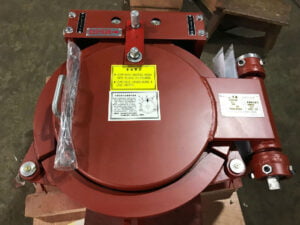
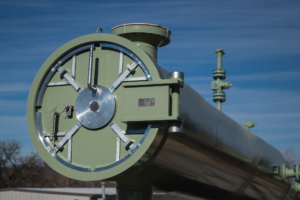
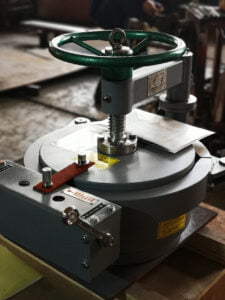
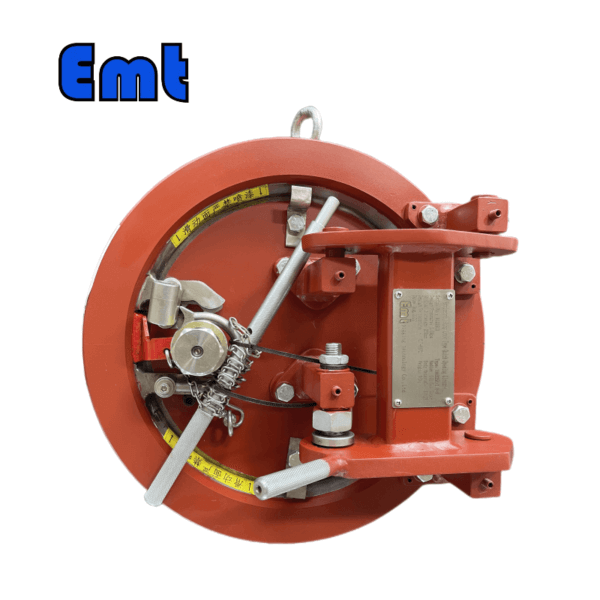
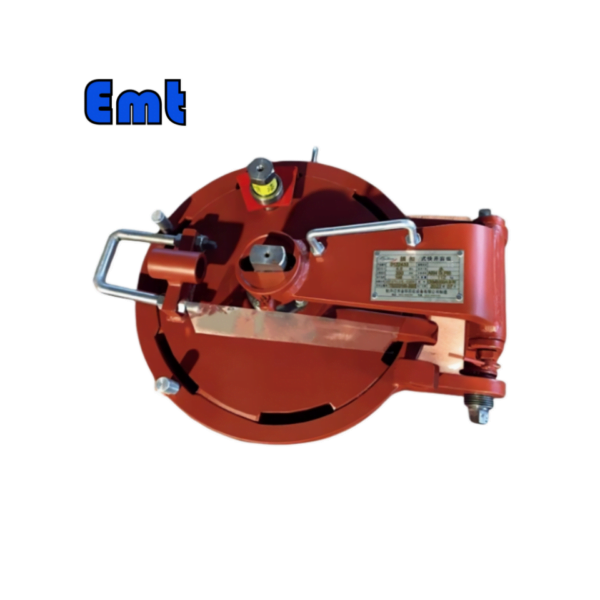


Ulasan
Belum ada ulasan.